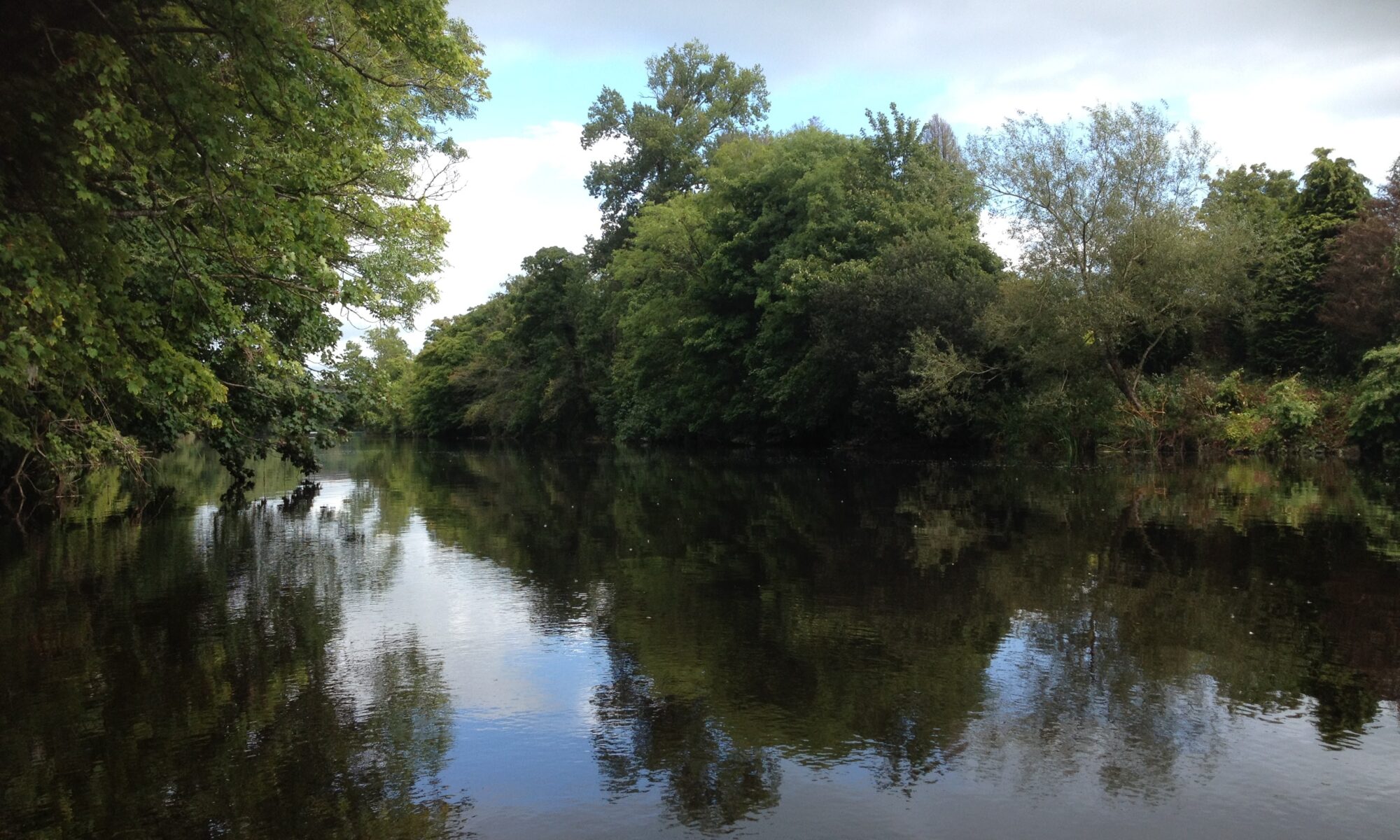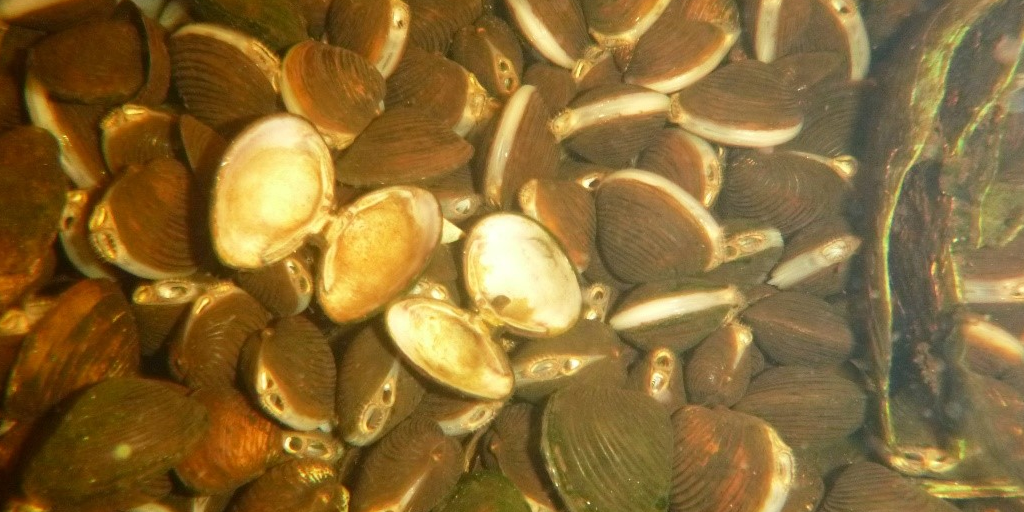Invasive freshwater fish (Leuciscus leuciscus) acts as a sink for a parasite of native brown trout Salmo trutta (2020) Tierney et al. Biological Invasions. Read it here.
Adapted from blog published at Ecology for the Masses
Alien invasions and parasite infection
From house cats to cane toads, invasive species are one of the biggest threats to native plants and wildlife, second only to habitat destruction. An invasive species is a living organism that is a) introduced by humans from its native range to an area it doesn’t naturally occur, b) spreads and forms new populations and c) causes some kind of damage to the native ecosystem, economy or human health. Current lockdown conditions notwithstanding, introductions of invasive species have become increasingly common in our globalised world with easier travel and trade between countries. The spread of invasive species creates new ecological interactions between native and invasive species that can impact how our native ecosystems function, including disease dynamics. If the development and transmission of native parasites is different in invasive hosts compared to their usual native hosts, the parasite dynamics of the whole system can be altered.
Continue reading “Disease dynamics and the impact of incompetent invaders”


